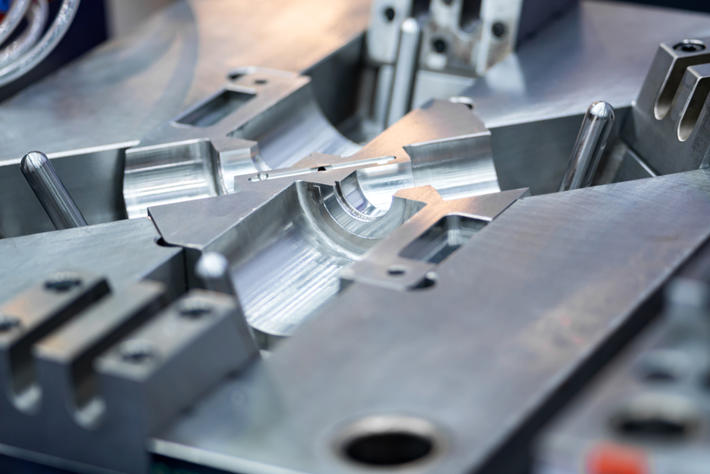Introduction:
In recent years, the demand for lightweight and high-performance components in various industries has been on the rise. Magnesium die casting has emerged as a promising solution to meet these requirements. This article aims to explore the benefits, challenges, and applications of magnesium die casting in unlocking the potential of lightweight and high-performance components.
Benefits of Magnesium Die Casting:
1. Lightweight: Magnesium is the lightest structural metal, weighing approximately 30% less than aluminum and 75% less than steel. This inherent property makes magnesium die casting an ideal choice for applications where weight reduction is crucial, such as automotive, aerospace, and consumer electronics.
2. High strength-to-weight ratio: Despite its lightweight, magnesium possesses excellent strength-to-weight ratio. This allows manufacturers to produce components that are not only lighter but also stronger, contributing to improved overall performance and fuel efficiency.
3. Excellent dimensional stability: Magnesium die casting offers exceptional dimensional accuracy and stability. This ensures that the produced components have precise dimensions, tight tolerances, and consistent quality, meeting the stringent requirements of various industries.
4. Design versatility: Magnesium die casting provides designers with greater freedom in realizing complex shapes and intricate designs. Its excellent flow characteristics enable the production of thin walls, intricate details, and integrated functionalities, expanding the design possibilities of lightweight and high-performance components.
Challenges of Magnesium Die Casting:
1. High reactivity: Magnesium is highly reactive and prone to oxidation, leading to challenges during the casting process. Specialized equipment, controlled environments, and careful handling are required to minimize oxidation and achieve high-quality castings.
2. Higher tooling costs: Compared to other casting processes, magnesium die casting may involve higher tooling costs due to the need for specialized materials and equipment. However, the long-term benefits of lightweight and high-performance components often outweigh the initial investment.
Applications of Magnesium Die Casting:
1. Automotive industry: Magnesium die casting finds extensive use in the automotive industry, particularly for components such as transmission cases, engine blocks, steering wheels, and structural parts. The lightweight nature of magnesium contributes to fuel efficiency, reduced emissions, and improved overall performance.
2. Aerospace industry: The aerospace sector values the lightweight and high-strength properties of magnesium. It is used in components like aircraft interiors, seat frames, brackets, and housings, enabling weight reduction without compromising on safety and durability.
3. Consumer electronics: The demand for lightweight and compact electronic devices has fueled the use of magnesium die casting. It is employed in the production of laptop casings, smartphone frames, camera bodies, and other portable devices, enhancing user convenience without compromising on structural integrity.
4. Medical devices: Magnesium die casting is finding increasing applications in the medical industry. Components such as surgical instruments, orthopedic implants, and portable medical devices benefit from the lightweight and biocompatible properties of magnesium.
Conclusion:
Magnesium die casting offers a myriad of benefits in unlocking the potential of lightweight and high-performance components. Its lightweight nature, high strength-to-weight ratio, dimensional stability, and design versatility make it an attractive choice for various industries. Although challenges like high reactivity and tooling costs exist, the long-term advantages outweigh these limitations. With its increasing applications in automotive, aerospace, consumer electronics, and medical sectors, magnesium die casting continues to play a pivotal role in driving innovation and meeting the ever-growing demand for lightweight and high-performance components.
-

- Magnesium alloy foundry parts bicycle wheel with CNC machining & surface finishing
-

- Литье под давлением сплава марганца Тиксоформование металлических деталей
-

- Magnesium alloy die casting auto parts transfer case
-

- High precision magnesium alloy die casting parts for automotive ignition lock
-

- OEM die casting service metal components of macbook middle
-

- 2022 Wholesale Hot Sale Bicycle Parts Magnesium Alloy Children Bike No Pedal Balance Bicycle Kids Multiple Colors Available

 0086-750-5616188
0086-750-5616188 +86 13392089688
+86 13392089688 sales@zhongmei-tech.com
sales@zhongmei-tech.com








